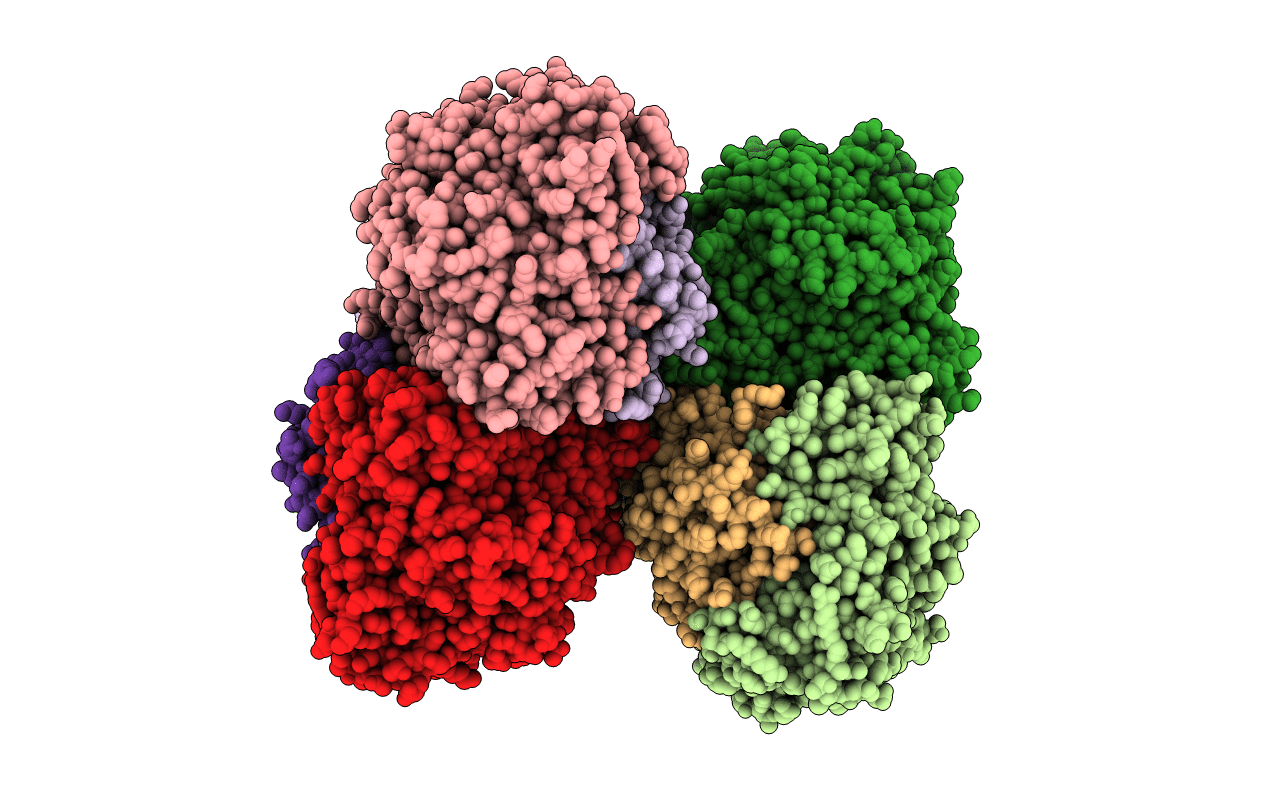
Deposition Date
2012-07-31
Release Date
2013-01-02
Last Version Date
2023-09-13
Entry Detail
PDB ID:
4GD3
Keywords:
Title:
Structure of E. coli hydrogenase-1 in complex with cytochrome b
Biological Source:
Source Organism:
Escherichia coli (Taxon ID: 83333)
Host Organism:
Method Details:
Experimental Method:
Resolution:
3.30 Å
R-Value Free:
0.23
R-Value Work:
0.19
R-Value Observed:
0.20
Space Group:
P 21 21 21


